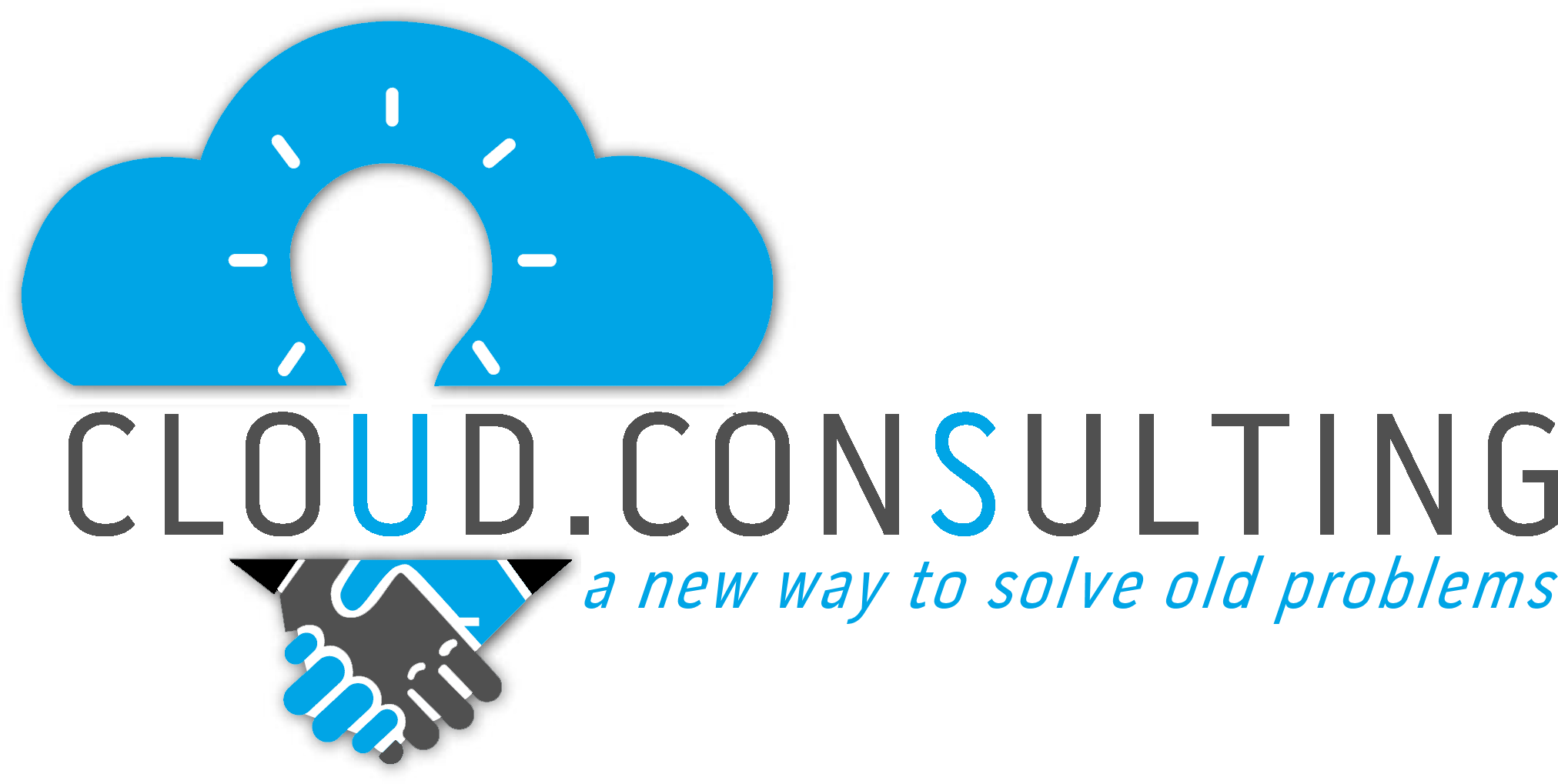The “Cloud” is not a trendy word for the Internet. It’s a cutting-edge delivery model for products and services using the Internet as a bridge between providers and consumers. This paradigm shift replaces tangible ownership with intangible leasing and increases the provider’s responsibility while decreasing the consumer’s burden.
The customer chooses the source and when to connect to them. Providers focus on creating digital dependency by continually updating their capabilities. This model benefits both parties equally because the provider satisfies the customer’s craving for instant access (gratification), and the “pay-as-you-go” leasing fees (recurring revenue) are considered essential utility bills.
B2C (Business to Consumer) institutions use the cloud to provide audio and video content through instant streaming, games and books through downloadable libraries, or groceries, restaurant delivery, and shopping through online catalogs. But that’s just tip of the iceberg. Voice assistants and smart home technologies all use the cloud to stay connected to each other. Utility companies use the cloud to monitor usage, track trends and pinpoint anomalies. Marketing agencies use the cloud to push targeted geo-relevant advertising to digital devices. And social media platforms use the cloud to influence culture, nurture community and promote awareness.
B2B (Business to Business) organizations use the cloud to provide support mechanisms for their client’s internal workflow. They offer instant access to the most updated digital tools and organically filtered human resources for a usage-based fee that is significantly lower than the cost of owning/employing the physical asset.
The financial benefits of using the cloud extend well beyond actual cost and can ripple through the bottom line by reducing all the physical assets in support of the primary. Here are a few examples:
- By replacing physical servers with cloud-based virtual servers, a business is also reducing its space requirements, electrical usage, maintenance labor, repair costs, and other variables.
- By replacing physical employees with human-cloud freelancers, a business is also reducing the overhead costs of benefits, payroll taxes, middle management, computer resources, and more.
- By moving essential staff to a cloud-based work-at-home model, a business can also reduce its physical footprint and associated costs.
There are so many advantages to using the cloud, aside from significant savings. It provides the most efficient tools for collaborating, monitoring, tracking, reporting, and performing every type of administrative task. It includes data redundancy to protect against hardware failures and instant recovery from human error. It ensures cutting-edge security with bank-level-encryption. It also provides the most state-of-the-art sandbox to build custom solutions instead of conforming to canned applications. And if that isn’t enough, the cloud also offers 24-hour access to an exclusive pipeline of seasoned, self-disciplined, specialty talent who can fill any gap or need.
If you’d like to learn more about the cloud and how it can benefit your organization, you’ve come to the right place. I have over twenty years of experience teaching non-techies how to leverage current computing methods to overcome almost any challenge and implement creative solutions that significantly improve efficiency. Let’s schedule a video call to discuss your goals and brainstorm how best to achieve them.
